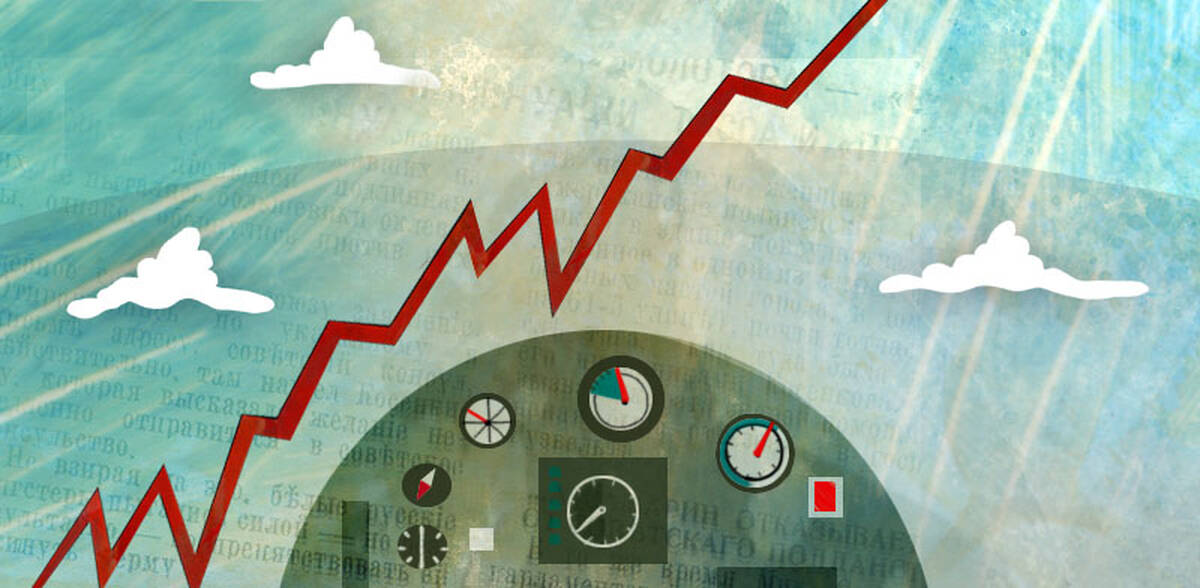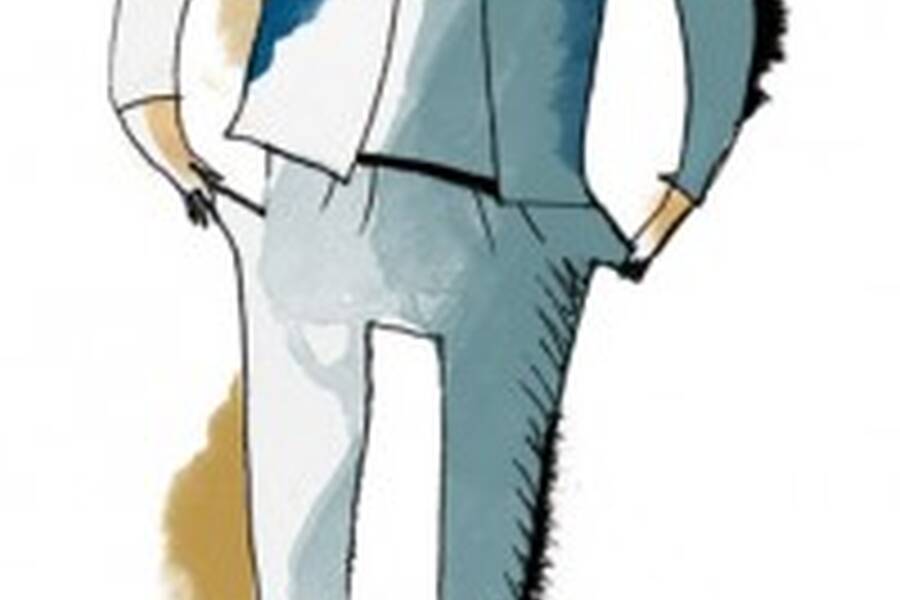Policy May 5, 2016
Can Raising the Capital Gains Tax Rate Ever Attract Investors?
The traditional view that raising rates hurts firms deserves a closer look.

Yevgenia Nayberg
Capital gains taxes are easy to hate. Investors resent the extra cut taken from their earnings on sales of stocks, bonds, and property, while firms dislike the friction it adds to their ability to attract investment. For obvious reasons, both groups tend to resist any efforts by the government to raise the capital gains tax rate. And many economists and policymakers think that raising the tax rate on capital gains hinders economic growth.
The relation between capital gains taxes, firms, and investors—known as “tax capitalization”—is considered simple. When capital gains tax rates go up—from 15% to 20%, for instance—a larger portion of investors’ profits is diverted to the government, which decreases the investors’ expected cash flow. To compensate for this decrease, investors demand a higher expected rate of return from firms. However, this places an increased burden on the firm to deliver at this higher rate, which is why they often cry foul when capital gains tax rates go up.
But what if this relation were not so simple? What if an increase in the capital gains tax rate could actually benefit the interests of firms? Clare Wang, an assistant professor of accounting information and management at the Kellogg School, along with Luzi Hail and Stephanie Sikes of the Wharton School of the University of Pennsylvania, investigated this question by analyzing a global dataset of capital gains tax rates and expected returns.
“If the tax authority decides to increase the capital gains tax rate, firms will say, ‘This increase will hurt our ability to raise external financing, because individual investors will demand a higher return from us,’” Wang explains. “But we show that in specific situations, this line of argument doesn’t hold up.”
Sharing the Risk
The “business as usual” of tax capitalization—in which the cost of capital for firms increases if the capital gains tax rate increases—comes from the blow that tax hikes deal to investors’ cash flows. This cash-flow effect “is intuitive to understand,” Wang says.
The capital gains tax rate is “not just a simple lever—it’s more like several dials. It’s nuanced, and it doesn’t always impede growth.”
Less noticed is a subtler consequence, which Wang and her coauthors call the “risk effect.” This risk effect describes how higher capital gains tax rates result in the government absorbing some of the risk inherent within those very same cash flows, because investors can offset their taxable gains with losses.
“Let’s say you own stock,” Wang explains. “As an investor, you normally care about the stream of cash flows in terms of dividends or the value of the stock when you sell. But you also care about variability in that cash flow and in the value of the stock as it goes up and down. That’s the risk. It’s true that higher capital gains taxes will decrease your cash flow. But it also decreases your risk by lowering the variability of the cash flows. The government takes a larger chunk of any gains, but at the same time, they also absorb a larger chunk of any losses.”
In certain situations, the risk-absorbing effect of higher capital gains taxes can be a genuine benefit, not just a cold comfort. One such circumstance is when investors bear bigger risks because firms are exposed to systematic risks that cannot be diversified away. Consider retail clothing stores, whose sales inevitably decrease during a recession, for instance, as opposed to a utility company, whose performance is unlikely to vary with changes in the overall economy.
“If you hold a portfolio of stocks with high systematic risk that you cannot get rid off, then the risk absorption that comes through capital gains taxes will be more valuable to you,” Wang explains.
This was borne out in a dataset of capital gains tax rates and expected returns gathered from more than 25,000 firms from 26 countries between 1990 and 2004.
For firms with high systematic risk, or during periods when market risk premiums were high or the risk-free rate on investments such as Treasury bonds was low, the authors find that the generally positive relation between capital gains taxes and expected returns falls apart.
In these situations, increasing the capital gains tax rate has a weaker impact on how expensive it is for firms to raise money from investors. And it could even turn out such that a hike in the capital gains tax rate actually makes certain firms more attractive to investors. For example, when the costs of bearing risk are high, investors are willing to trade a reduction in their future cash flows for less volatility in them.
Shades of Gray
The bottom line, Wang says, is that the capital gains tax rate is not the economic boogeyman it is often made out to be. “It’s not just a simple lever—it’s more like several dials,” she says. “It’s nuanced, and it doesn’t always impede growth. In some circumstances, it could actually induce the opposite effects.”
And while firm owners and executives have no direct control over tax rates, Wang believes that reframing their understanding of tax capitalization—from a black-and-white issue to one with shades of gray—has real value. “Due to the risk sharing by the government, a firm with high systematic risk may become more attractive to investors when capital gains taxes increase,” she says.
For governments and regulators who actually do directly influence tax rates, Wang says that a better understanding of how capital gains taxes affect investment is essential to good policymaking.
“So far, the general belief is that reducing capital gains taxes stimulates growth and investment among firms,” she says. “But here we develop a framework and provide some evidence that we hope will change the conventional wisdom a little bit.”
Hail, Luzi, Stephanie Sikes, and Clare Wang. Forthcoming. “Cross-Country Evidence on the Relation between Capital Gains Taxes, Risk, and Expected Returns.” Journal of Public Economics.



